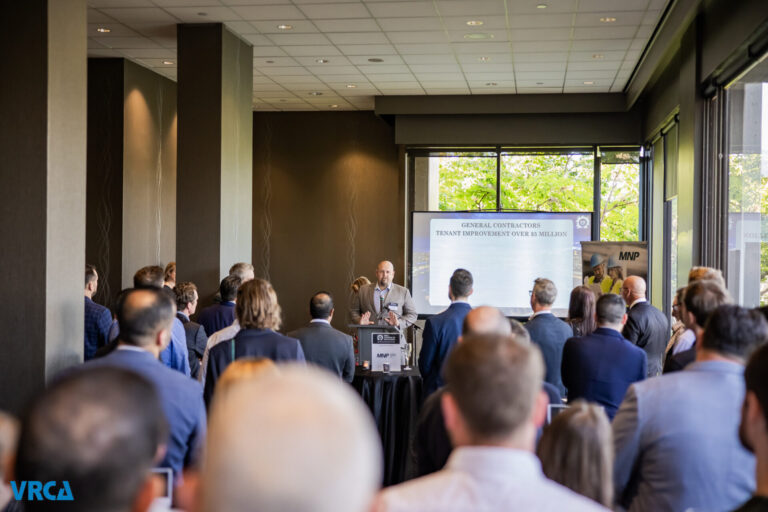A new white paper from Mott MacDonald in partnership with Sideways 6 indicated that the infrastructure industry can achieve more by working together, with an approach that recognizes the built environment as a complex, interconnected system of systems, there to serve society.
Prepared by Mott MacDonald’s innovation specialists in collaboration with infrastructure owners and operators, regulators and SMEs in the transport, energy and water sectors, it makes clear there is a huge opportunity to be collectively more ambitious in order to deliver better outcomes for society. It advocates adopting an outcome-focused systems-thinking approach as the best way for the industry to take innovation to new heights.
It concludes asset owners and operators in transport, energy and water are each able to innovate independently, but given that many of the challenges they face are system-wide, there is a limit to the amount of value that can be achieved at an organizational level. Digital technology can be a key enabler for this systems-thinking approach, helping the industry to achieve innovation benefits at pace and scale.
“The industry has reached a position whereby strategies and processes are in place and ideas are being generated: this is base camp,” said the paper’s author Ashleigh Monagle, innovation consulting lead at Mott MacDonald. “It is now time to shift to a higher level, address complex challenges of management and organizational capability, and support the effective implementation of scalable innovations that will help us attain the highest peak”.
The white paper’s research with key stakeholders in the supply chain, reveals significant characteristics of the regulated environment hinder the success of innovation – including red tape, funding cycles, a low-risk appetite and long-established approaches to solutions.
To achieve their aims and overcome these common challenges, organizations need to look at innovation more holistically, and put in place the right capabilities, resources and leadership to drive it at every level.
It identifies four keys to successful innovation; firstly, be outcomes-focused and examine value to a business and society at the portfolio level. Outcomes are achieved through a variety of different means and innovations. Secondly, transform the core, ensuring innovation is not seen as an add on. Thirdly, remember to build, measure, learn as innovation is not linear, agile principles and design thinking should be at its centre with users at the heart of decision making. Lastly, collaborate across the ecosystem. There is no such thing as a ‘digital only’ project and diversity of thought matters. A broad range of stakeholders inside and outside of the organization can be the difference between a failure and a success.
In addition, the white paper identified trends that will help asset owners and operators trying to innovate at pace and scale, while allowing the supply chain to support asset owners and operators effectively.
Increasingly the industry is seeing co-opetition over competition, where partnerships between traditionally competing companies can generate new net value for those involved. If they are aligned and delineated correctly, and the value generated is divided appropriately, then there can be a win-win.
There is an increasing focus on the quality of innovation, rather than the quantity of it so better over more. Organizations should play to their strengths, concentrate on the best innovations and partner with experts that help them move at scale.
Finally, taking a systems-thinking approach means removing the barriers of linear and segmented thinking so systems over silos as no asset is self-dependant or isolated.











